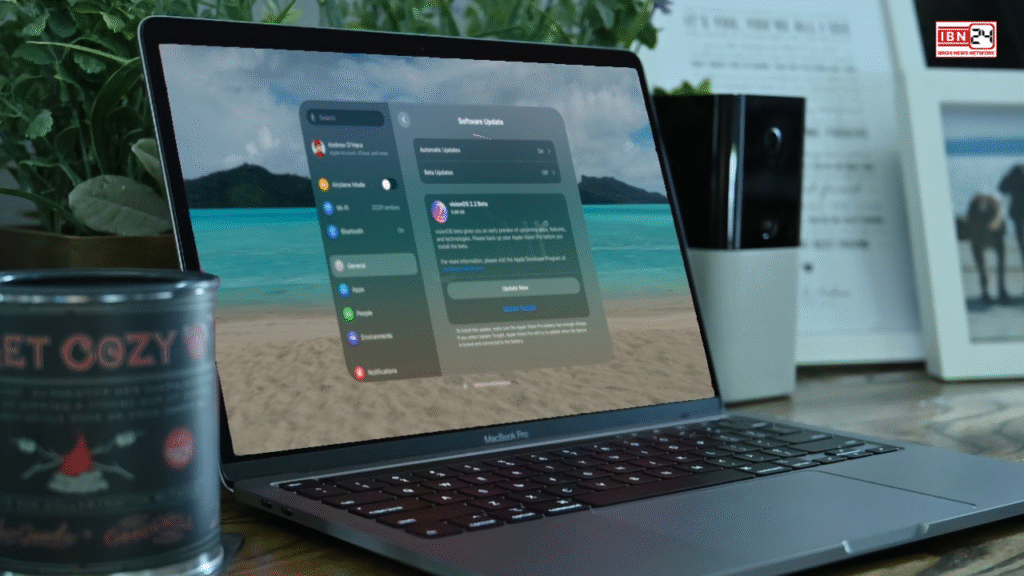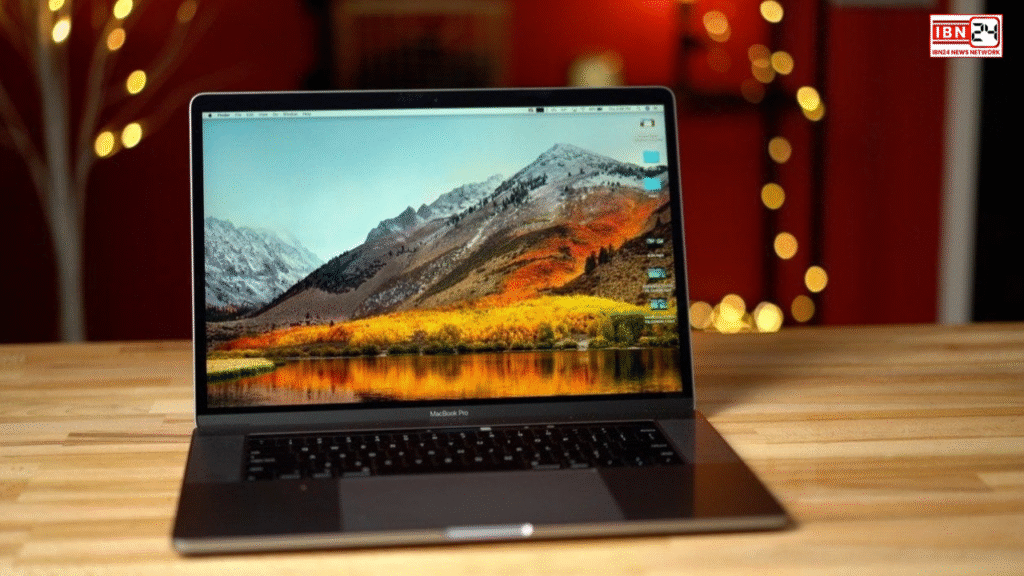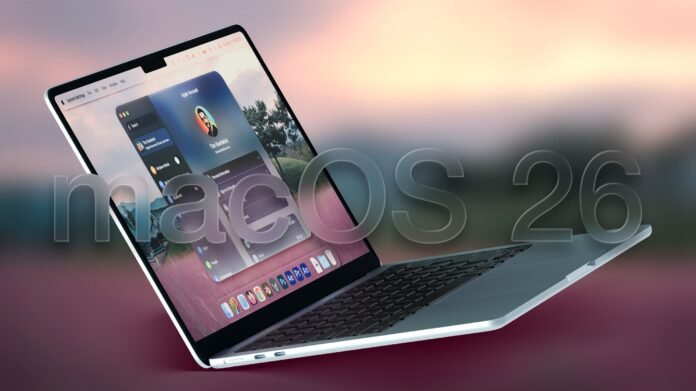MacOS 26 Update Marks: M-Series Chipsets
Apple has officially confirmed that it is phasing out support for Intel-powered Macs, marking the end of an era and solidifying its full transition to M-series chipsets. The announcement came during WWDC 2025, where Apple laid out its macOS roadmap and confirmed that macOS 27, scheduled for 2026, will only support M-series Macs.
If you’re still using an Intel-based MacBook or iMac, you now have a 12-month window to prepare for this major change.
Subscribe to IBN24 NEWS NETWORK’s Facebook channel today for real-time updates!
Channel Link: https://www.facebook.com/ibn24newsnetwork
MacOS 26 Tahoe Still Supports Intel Macs — For Now

The newly released macOS 26 “Tahoe” update is currently available for both Intel and Apple Silicon Macs, though support is already being trimmed for older Intel hardware. Some models — especially early Intel MacBook Air variants — are no longer eligible for the macOS 26 update.
This is a clear sign that Apple is accelerating its push away from Intel hardware. macOS 27, expected in mid-to-late 2026, will officially drop Intel support entirely, requiring users to have at least a Mac with M1 chip or newer.
What’s New in macOS 26 Tahoe?
Despite the end-of-support headlines, macOS 26 is packed with new features:
- Liquid Glass Design: A refined UI that brings a fresh, translucent look across system elements.
- Phone App on Mac: Users can now take and make calls directly from their Macs, thanks to seamless mirroring from iPhone.
- Live Activities: New Continuity features that bring real-time syncing for apps across devices.
- Live Translation: Real-time audio translation during calls and FaceTime, helping bridge communication gaps instantly.
- FaceTime Enhancements: You can now experience better video and audio effects, making it more interactive and natural.
These features offer a glimpse of the Apple ecosystem’s future — one that will increasingly revolve around Apple Silicon and real-time AI processing.
What Happens to Intel Mac Users?
The big question: What should Intel Mac users do now?
Here’s what Apple has said — and what you should consider:
- No macOS 27 for Intel Macs: You won’t receive major macOS upgrades beyond macOS 26.
- Security Updates Will Continue (For a While): Apple is expected to offer security patches for Intel Macs for a couple more years. However, there’s no fixed timeline.
- New Features Will Be Exclusive to M-Series Macs: Features like AI-based Siri, advanced graphics rendering, and cross-platform support are optimized only for Apple Silicon.
Essentially, your Mac will still work, but the experience will feel increasingly outdated and limited.
Apple’s Shift to M-Series: Why It Matters
Apple’s in-house M-series chips (M1, M2, M3) offer better performance, battery life, and integration with macOS features than Intel processors. By focusing solely on these chips, Apple can streamline software development and offer faster, more energy-efficient experiences.
The move also allows Apple to bring AI and machine learning capabilities directly on-device, something Intel Macs struggle to handle. At WWDC 2025, Apple made it clear that future innovations — particularly AI — will require this level of hardware integration.
What Should You Do Now?

If you’re using an Intel Mac, here are your options:
1. Hold On for Now (If Your Needs Are Basic)
If you’re using your Mac for web browsing, writing, or streaming, and it supports macOS 26, you can continue using it safely for the next year or two — but don’t expect new features or long-term security.
2. Upgrade to M-Series Mac (Best Option for Future-Proofing)
To enjoy future macOS updates and new features, upgrading to an M1 or newer Mac is your best move. The MacBook Air M2 and MacBook Pro M3 offer great performance and battery life with long-term support in mind.
3. Wait for macOS 27 Preview in 2026 (Risky)
Waiting until 2026 to upgrade might feel tempting, but you’ll miss out on new features in the meantime and risk losing compatibility with apps optimized for M-series.
AI-Powered Siri Delayed Until 2026
Interestingly, Apple also shared that its AI-enhanced Siri, expected to rival assistant features from OpenAI and Google, is still in development. The company aims to roll it out with macOS 27 and the next-gen iPhone and Mac updates in 2026. This new Siri will require the latest hardware, further limiting its reach on older Intel machines.
Final Thoughts
Apple’s announcement marks a major shift in how it supports its hardware ecosystem. While macOS 26 Tahoe brings some great upgrades and will be the final macOS version for Intel Macs, the writing is on the wall — it’s time to transition.
If you’re still using an Intel Mac, consider upgrading within the next 12 months to stay secure, productive, and ready for Apple’s AI-powered future.
For instant news updates, subscribe to the IBN24 NEWS NETWORK YouTube channel
Channel link: https://youtube.com/@IBN24NewsNetwork?si=ofbILODmUt20-zC3
Read Also This article : Apple iOS 26 Update Coming Soon: Full List of Supported iPhones and Key Changes

